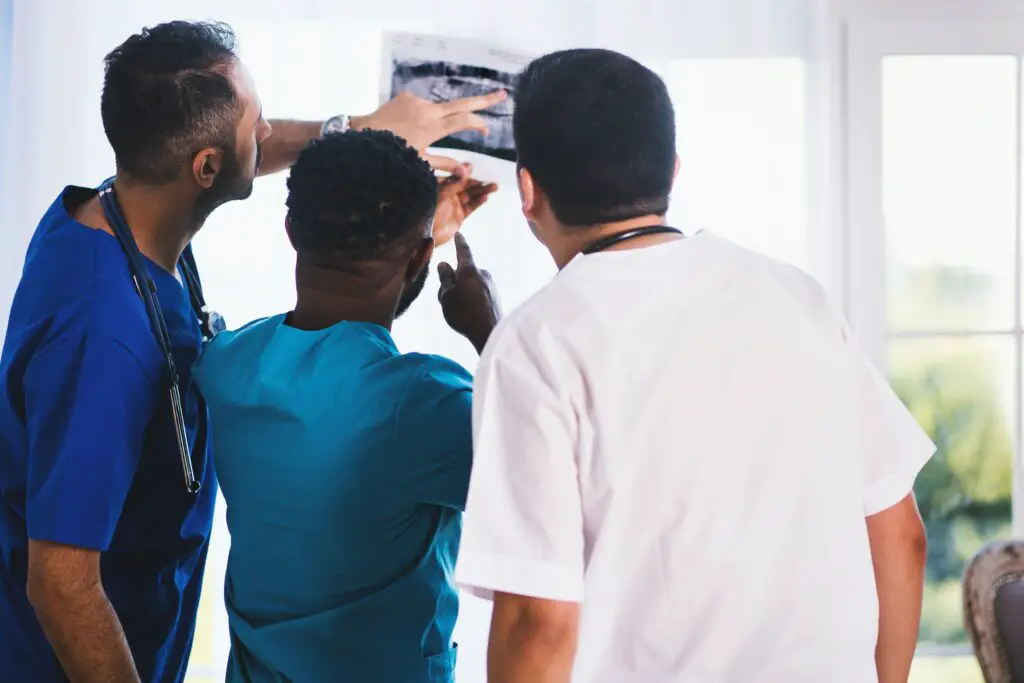A colonoscopy and endoscopy are medical procedures used to examine the colon and the upper gastrointestinal (GI) tract, respectively, for diagnostic and screening purposes. The duration of these procedures can vary depending on several factors, including the patient’s individual circumstances, the complexity of the case, and the practices of the medical facility. Generally, the entire process from start to finish, including preparation, the procedure itself, and recovery, can take several hours.

- Preparation (1-2 days before the procedure): Preparation is a crucial step in ensuring a successful colonoscopy and endoscopy. The colon needs to be thoroughly cleaned before a colonoscopy to allow for a clear view of the intestinal lining. This usually involves following a special diet, avoiding solid foods, and taking laxatives or enemas as prescribed by the physician. The preparation process can take 1-2 days, depending on the type of laxative or bowel preparation regimen used.
- Check-in and Pre-procedure (30 minutes – 1 hour): On the day of the procedure, the patient will typically check in at the medical facility where the colonoscopy and endoscopy will be performed. This involves providing personal information, signing consent forms, and changing into a hospital gown. The patient may also undergo additional pre-procedure preparations, such as having an intravenous (IV) line inserted for medication administration.
- Procedure (30 minutes – 2 hours): The actual colonoscopy and endoscopy procedures typically take 30 minutes to 2 hours to complete, depending on the complexity of the case and the extent of the examination. During a colonoscopy, a long, flexible tube with a light and camera on the end, called a colonoscope, is inserted through the rectum and advanced through the entire colon to the cecum (the beginning of the colon). The physician carefully examines the colon lining for any abnormalities, such as polyps or tumors, and may perform biopsies or remove polyps if necessary.
Similarly, during an endoscopy, a similar long, flexible tube with a light and camera on the end, called an endoscope, is inserted through the mouth and advanced through the esophagus, stomach, and duodenum (the first part of the small intestine). The physician examines the lining of the upper GI tract for any abnormalities, such as inflammation, ulcers, or tumors, and may perform biopsies or other interventions as needed.
- Recovery (1-2 hours): After the colonoscopy and endoscopy, the patient is moved to a recovery area where they are monitored closely until they are fully awake from the sedation or anesthesia. This typically takes 1-2 hours, but the duration can vary depending on the patient’s response to the medications used during the procedure. Once the patient is fully awake and stable, they may be allowed to drink clear fluids and eat light foods, and the IV line may be removed.
- Post-procedure Instructions and Follow-up (30 minutes – 1 hour): Before being discharged from the medical facility, the patient will receive post-procedure instructions from the physician or nursing staff. These may include dietary restrictions, activity restrictions, and medication instructions. The patient may also be scheduled for a follow-up appointment with the physician to discuss the results of the procedure, review any biopsy results, and plan further treatment if needed. This typically takes 30 minutes to 1 hour, depending on the complexity of the case and the amount of information to be discussed.
In conclusion, the entire process of a colonoscopy and endoscopy, from preparation to recovery and follow-up, can take several hours. The duration of the procedure itself varies depending on the complexity of the case and the extent of the examination,